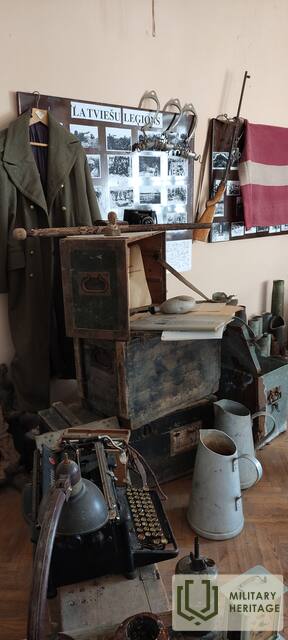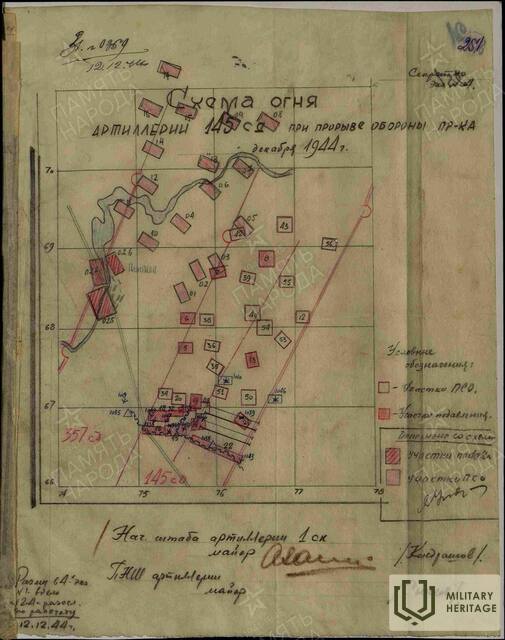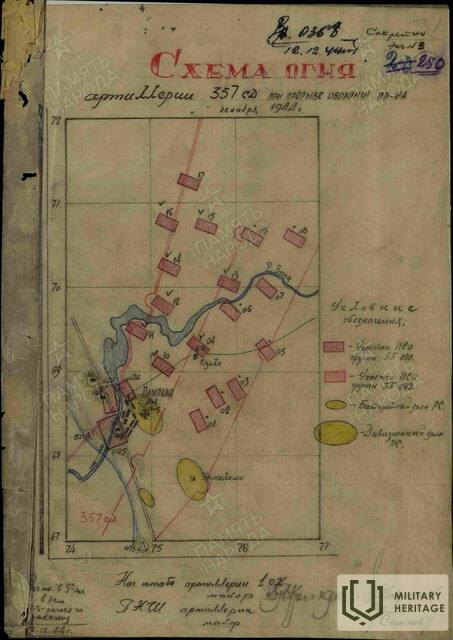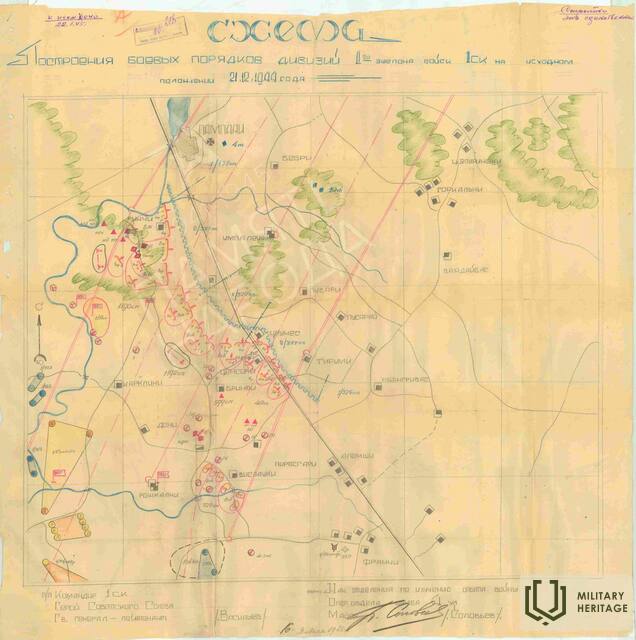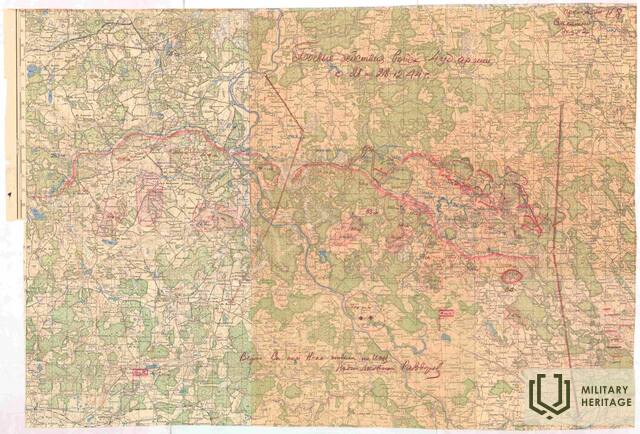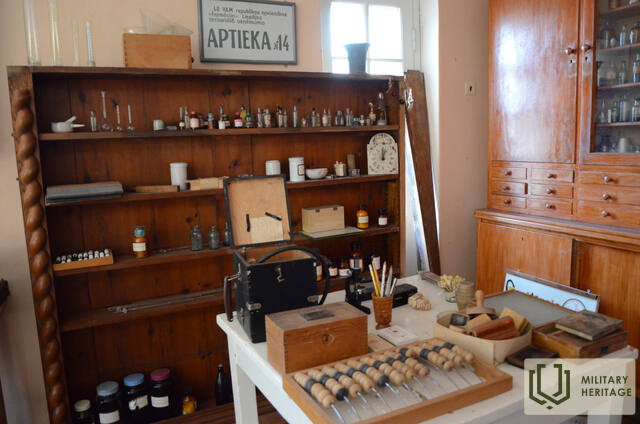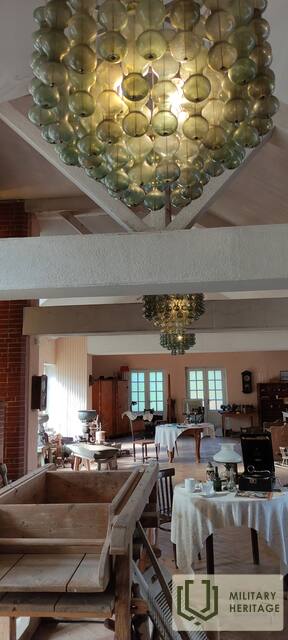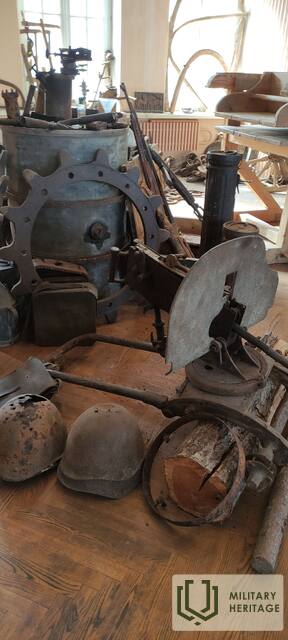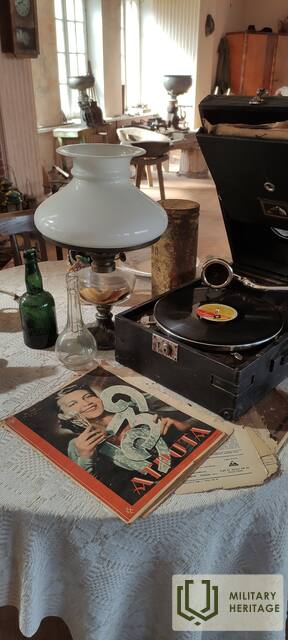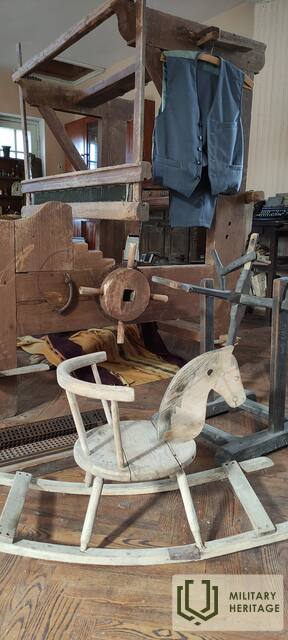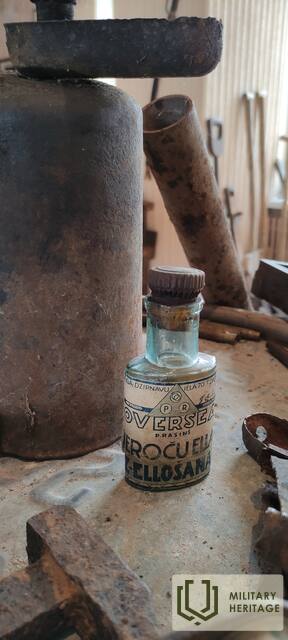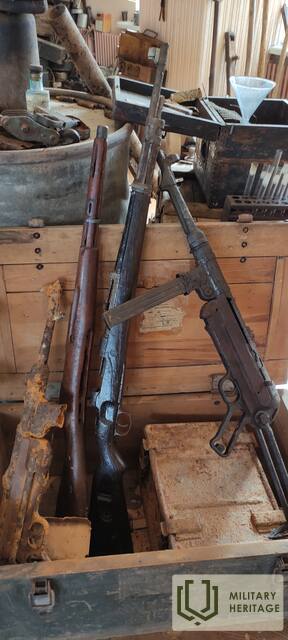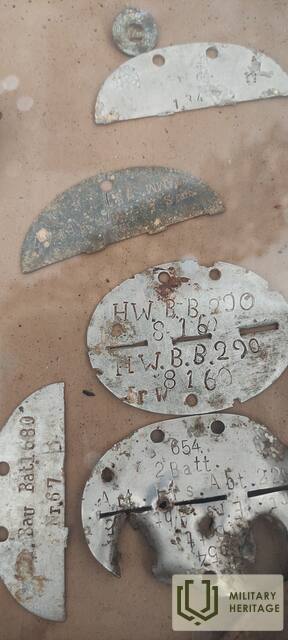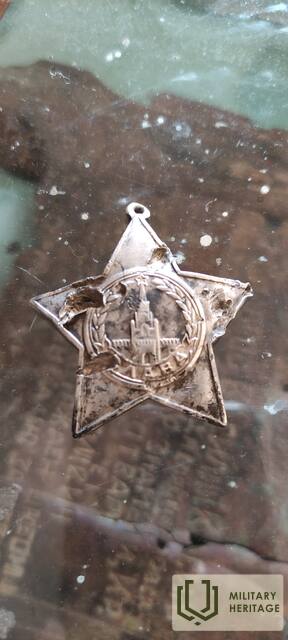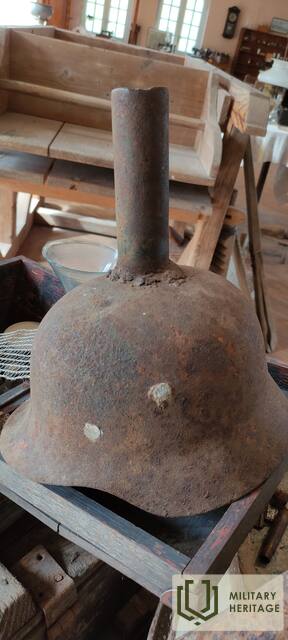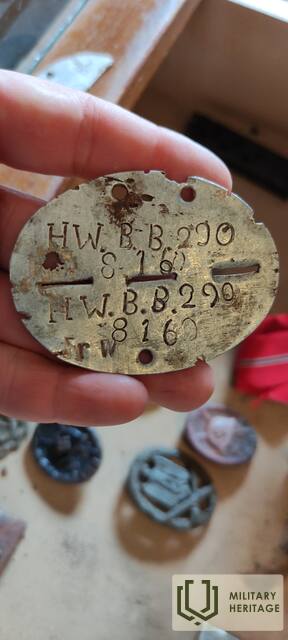Antrojo pasaulinio karo mūšių vietos Pampalyje ir privati Arthuro Hartmanio kolekcija
Muziejus
Susijusios temos
Susijusi istorija
Latvijos legiono 42-ojo pulko kuopos vado Vernerio Preijerio prisiminimai apie Kuršo mūšius.
Kuršo tvirtovė buvo suformuota po Rygos žlugimo 1944 m. spalio 13 d. ir Rusijos proveržio į Kaliforniją spalio 10 d., taip nutraukiant sausumos eismą su Vokietija.
Išdaigos ir žaidimai su karine amunicija
Po Antrojo pasaulinio karo Latvijos žemė buvo pilna fizinių karo liekanų. Tai buvo daugybė sviedinių, nesprogusių minų ir tiesiog šovinių. Net ir dabar, ypač tose vietose, kur vyko aktyvūs karo veiksmai, randama nesprogusių minų, o tai yra didelė retenybė, o pokario metais šie sviediniai buvo miškų ir net kiemų gyventojų kasdienio gyvenimo dalis, netgi vaikų žaislai.
Vokiečių armijos divizijos štabo požeminis bunkeris netoli „Sirsniņi“ namo Pampalyje
Alfredo Brauno pasakojimas apie vokiečių štabą jo gimtųjų namų kieme, kur vokiečių kareivis, prisidengdamas naktimi, vedė Alfredą užrištomis akimis, nežinodamas, kad šis namas yra jo gimtasis namas ir Alfredas net užmerktomis akimis pažinojo kiekvieną akmenį kieme.
Kaip Latvijos valdžios pareigūnai apgavo Pampalių bolševikų šalininkus
Buvęs Pampalių mokyklos direktorius (iki 1959 m.) Alfrēdsas Brūnas asmeniškai surinko įspūdingą knygą apie Pampalių mokyklos istoriją ir su ja susijusius istorinius įvykius su autentiškomis nuotraukomis. Knygoje A. Brūnas aprašo Nepriklausomybės karo įvykius Pampalyje, išsamiai aprašydamas įvykius, susijusius su Latvijos valstybės veikėjais, bolševikų rėmėjais, Vokietijos armijos veiksmais ir kt.
Ezeroje kilusio Jānio Miesnieko prisiminimai apie Antrojo pasaulinio karo pabaigą Ezeroje
Ezerės kultūros istorijos ir kraštotyros muziejus „Muitinė“ įsikūręs istoriškai reikšmingame pastate. 1945 m. gegužės 8 d. čia buvo pasirašytas Kuržemės fronte apsuptų nacistinės Vokietijos armijos dalinių kapituliacijos aktas.
Buvęs Ezeras gyventojas Jānis Miesnieks (gim. 1930 m.) dalijasi prisiminimais apie tos dienos įvykius.
Čia gegužės 9 d. susitiko „Panfilovo divizija“.
Raudonosios armijos „Panfilovo divizija“ 1945 m. gegužės 9 d. buvo dislokuota netoli Pampalio. Divizijos štabas greičiausiai buvo įsikūręs Pampalio pradinėje mokykloje.




